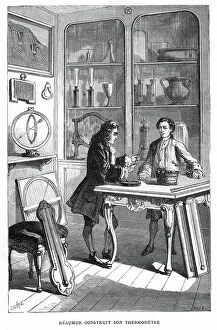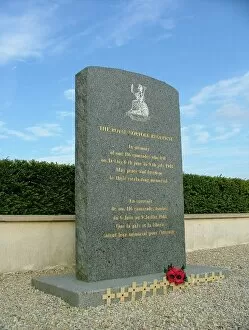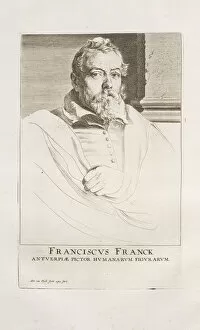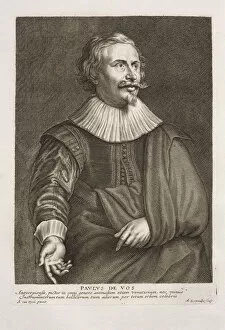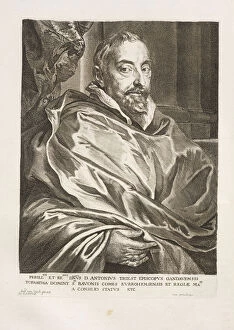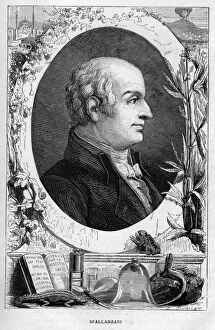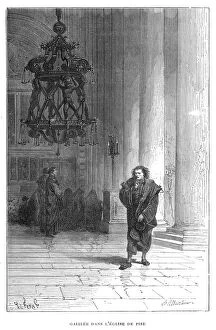Vies Collection
"Vies: A Journey Through Time and Knowledge" Embark on a captivating journey through the ages, where history intertwines with art, science, and discovery
All Professionally Made to Order for Quick Shipping
"Vies: A Journey Through Time and Knowledge" Embark on a captivating journey through the ages, where history intertwines with art, science, and discovery. From the solemn Royal Norfolk Regiment Memorial in Bieville-Berville to the masterpieces of Franciscus Franck Antverpiae pictor humanarum and Paulus de Vos Antverpiensis pictor omni genere, witness the power of artistic expression. Delve into the realm of scientific breakthroughs as Perill. us et Re. mus Dnus D Antonius Triest Episcopus unveils his knowledge alongside Antoine Laurent Lavoisier's groundbreaking demonstration of oxygen discovery. Explore mathematical wonders with Pierre de Fermat's enigmatic contributions and Euclid's timeless teachings from ancient Greece. Step into Louis XIV's era at the Paris Observatory, where Italian astronomer Jean Baptiste von Helmont unraveled celestial mysteries. Discover Belgian physician and chemist Jean Baptiste von Helmont's recognition while witnessing Lazzaro Spallanzani's pioneering work on bacteria that revolutionized biology. Uncover the legacy left by Guillaume Francois Rouelle, French chemist and mentor to Lavoisier himself. These remarkable individuals have shaped our understanding of art, science, mathematics, astronomy, chemistry, and biology throughout history. Join us on this extraordinary voyage through time as we celebrate these exceptional lives that continue to inspire generations. Their legacies endure as beacons of knowledge illuminating our path towards progress and enlightenment.





